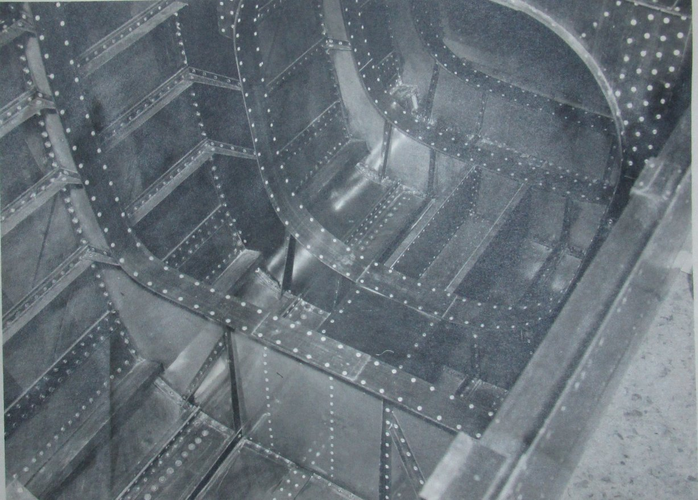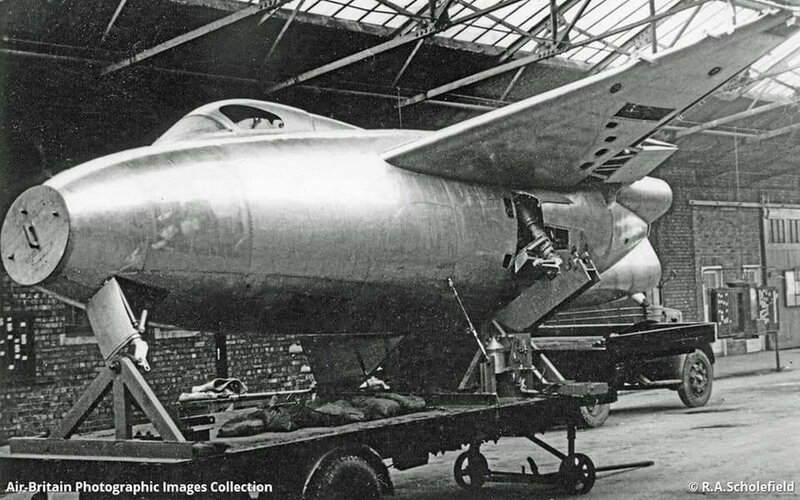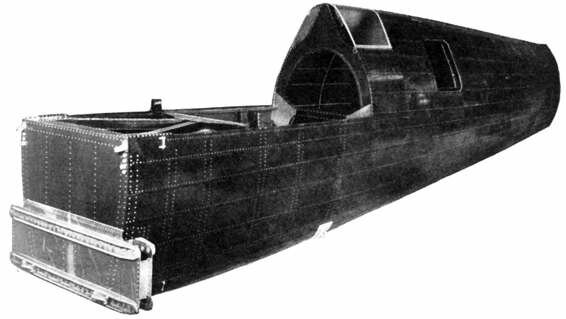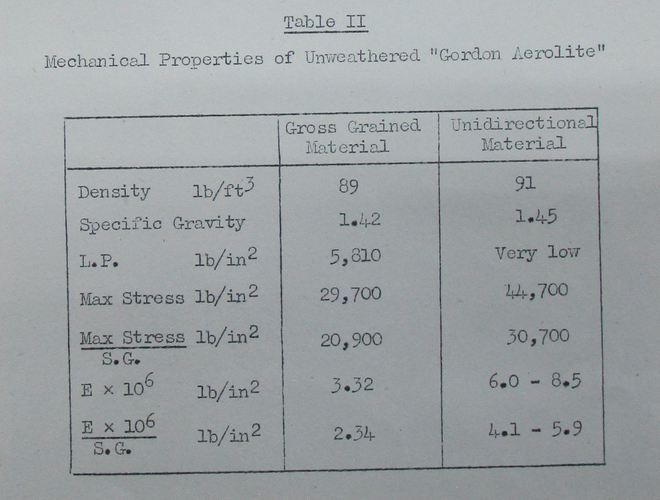[
Do you know if there any surviving files from the RAE detailing the test?
The answer is ..........Yes
Some factors affecting strength and stiffness of moulded durestos - Report No. TN1071 Sept 1948
Resinated sand moulds and the mouding of "Durestos" without pressure. Report No. TN449 Jan 1949
Integral glue in plastic sandwich structures of the honeycomb/durestos type - Report No. TN1106 Jan 1950
Preliminary determination of the linear coefficients of thermal expansion of vacuum-moulded durestos - Report No. TN1113 Nov 1949
The effects of variation in resin content on the strength and stiffness of moulded durestos - Report No. TN1119 Dec 1949
Some experiments to improve the fibre orientation of "Durestos" - Report No. 1156 Oct 1951
The protection of Durestos & glass-fibre laminates from high speed rain erosion - Report No. 1159 Dec 1951
An investigation into some of the fatigue and creep properties of vacuum moulded "Durestos" - Report No. TN1166 Mar 1952
The manufacture of Durestos delta wings for the Fairey E.10/47 Part 1. The design and construction of the wing mould. - Report No. TN 1171 Mar 1952
The manufacture of Durestos delta wings for the Fairey E.10/47 Part 2. Early experiments in moulding Durestos delta wings. - Report No. TN1172 Mar 1952
The moulding of "Durestos" under vacuum conditions. Report No. TN496 Oct 1953
Primary data on the variability of "Durestos". - Report No. TN1259 Sept 1955
The effect of ????? on the mechanical properties of Durestos - Report No. TN 1324 Dec 1957
Some thermal properties of Durestos type material. - Report No. TN1333 Aug 1958
The tensile fatigues properties of vacuum moulded "Durestos". - Report No. TN1334 Aug 1958
Some thermal properties of Durestos type materials (Pt.2). - Report No. TN 1358 Nov 1959
A little light reading, everything you could ever want to know about the stuff




